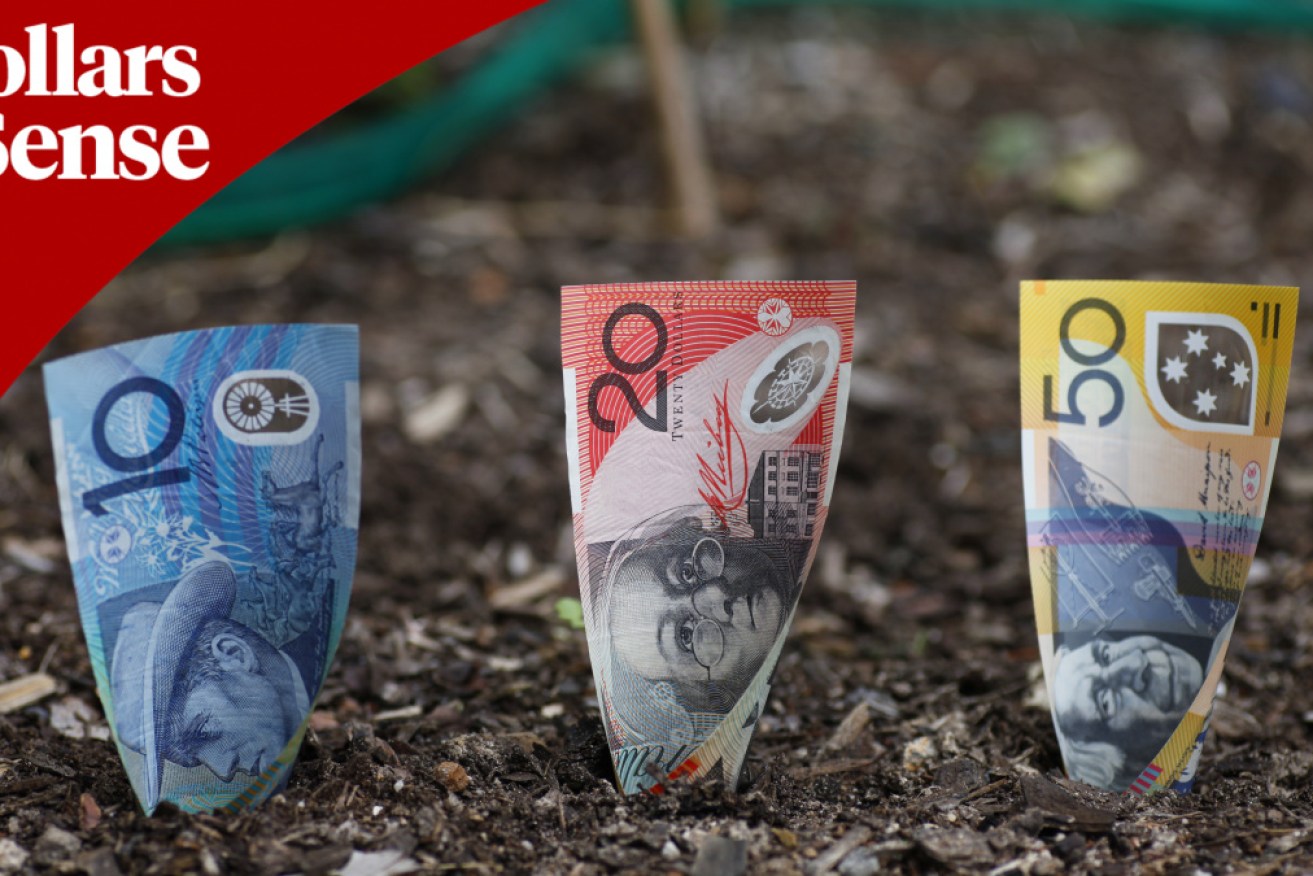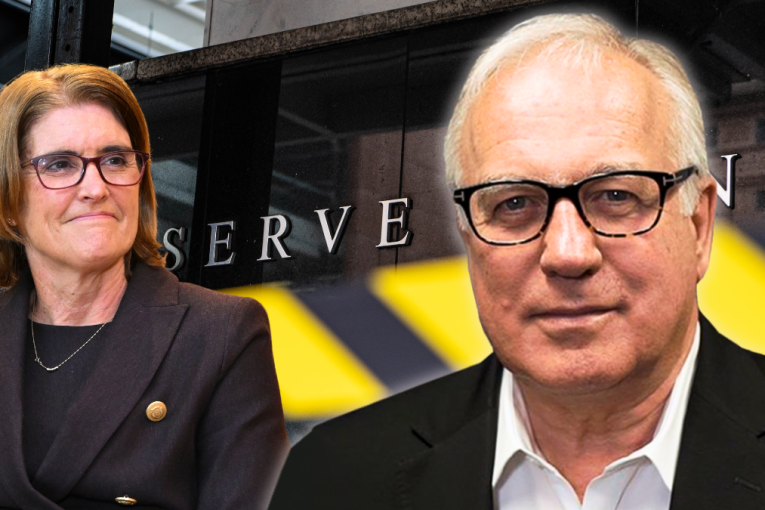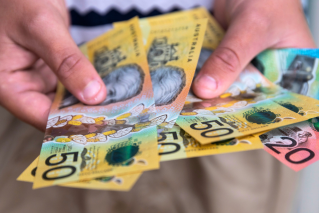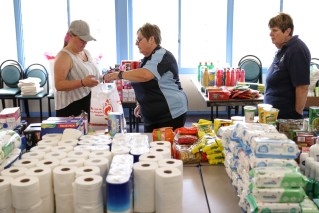Superannuation returns are unusually high, so don’t expect that two years running


Superannuation investments have turned to gold in the past year but don’t expect that to repeat itself soon. Photo: TND
Superannuation returns are in record territory, with major funds delivering members more than 20 per cent in the 12 months to June 30.
But don’t be too quick to adjust your portfolio in the expectation of more.
The returns overall for median default funds holding between 60 and 80 per cent in growth assets were between 17.1 and 18 per cent depending on the methodology chosen.
The table below demonstrates just how good things were for many fund members.
“These are returns I’ve never seen before,” said Steve Mickenbecker, group executive with Canstar.
“But remember in the previous financial year they were pretty flat.”
That is good news for members, but there is a subgroup of people who will not be so happy; the 3.5 million people who withdrew $36.4 billion money from super under COVID-19 emergency measures.
“I worry about younger people who withdrew money from super because they thought they could do better themselves investing elsewhere,” Mr Mickenbecker said.
“They have missed out on the upswing in super. And even if they did OK on the sharemarket, they probably don’t have the experience to understand that you don’t get gains of that size every year.”
As a result they could be locked out of the long-term benefits in super.
Even if they feed the money back over time, they will likely be worse off in retirement than if they had stayed in their super funds.
Superannuation is not a static investment, even if you keep your funds in one allocation. That’s because the funds themselves move money between assets depending on the market outlook.
AustralianSuper, the country’s largest fund with $213 billion under management, has adjusted its relative holdings to profit from the changing asset market prices.
Holdings in Australian and international shares have grown as a percentage of the fund as have holdings in loans to business.
Some other asset types, such as property and fixed interest, have fallen.
Some of those changes are accounted for by the changes in asset prices, while others are a result of AustralianSuper rejigging its investments with the aim of delivering more to members.
The best advice? Have a plan
Although your fund might make those adjustments, it is best not to try to make them yourself as you will be likely reacting to the market after the event.
“In choosing your investments you need to be strategic and follow a strategic asset allocation that you are comfortable with,” said Antoinette Mullins, principal with Steps Financial.
“The moment you start going back and forth and trying to time the market, that’s when your superannuation becomes really volatile and you run the risk of getting it wrong.”
If you start chasing the market “it is the worst mistake you can make,” Ms Mullins said.
If you feel you need to change your asset allocation then get some advice or do some dispassionate research yourself based around a long-term strategic allocation based on your needs, she said.
Acting on your emotions alone is likely to make you do the opposite of what is in your interests.
“Rebalancing your portfolio by reducing cash and increasing exposure to markets is a good thing to do after there has been a market fall,” said Robert Goudie, principal with Consortium Private Wealth.
“But if you do the opposite you might find you are buying in at the top of the market and will lose if the market falls,” Mr Goudie said.
Selling out when the market is high and moving to a more defensive position can be a mistake even for people moving towards retirement, Mr Goudie said because “you’re not investing until retirement, you’re investing for life”.
“If you’re 50 you’re investing for the next 40 years, not till 65,” he said.
Don’t panic
While sharemarkets have jumped since the bottom of the pandemic slump, it is not a good idea to get too pessimistic.
“You can’t expect the markets to perform the way they did last year. You don’t get 20 per cent returns all the time,” Mr Mickenbecker said.
“I’m a believer in reversion to the mean and the markets have got ahead of the mean in recent times.
“There is likely to be a correction of some sort, but with so much government stimulus going into economies and central banks not wanting to push up interest rates much we are unlikely to see a major crash.”
In the long term superannuation returns about 8 or 9 per cent at best, but that is a significant rate of growth.
“If your super grows at 9 per cent over 40 years and you are contributing 10 per cent or more of your salary that becomes a healthy sum at retirement,” Mr Mickenbecker said.
“I believe in the coming year, maybe two years, there will be a scaling back from those double-digit returns,” Ms Mullins said.
But it is important to take a broad view of your investment needs and targets.
“Look at what is happening in your life and work out if you need to adjust your strategy. Don’t just work around what you think the markets are going to do,” Ms Mullins said.
The New Daily is owned by Industry Super Holdings








